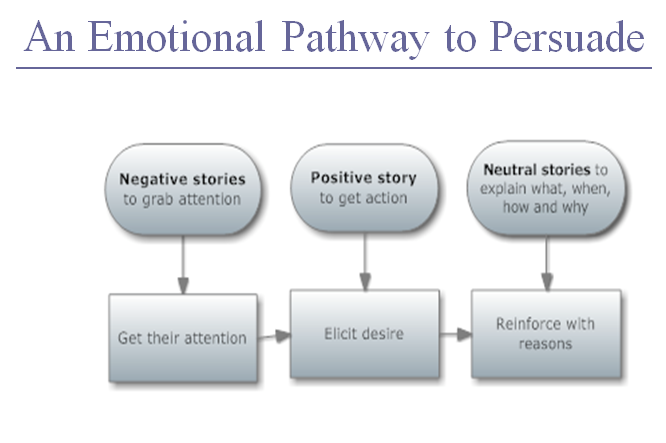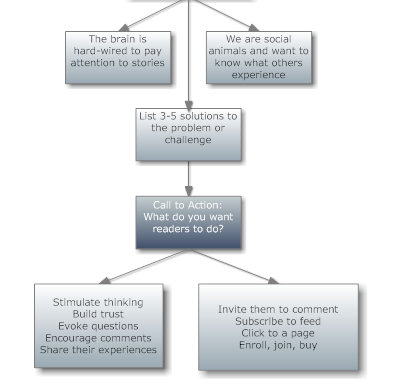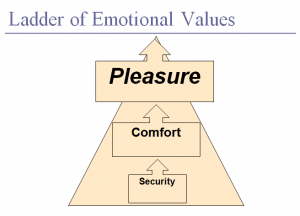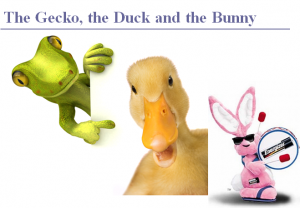 Good content marketing requires good storytelling. Fortunately, the human brain is a story-creating machine. In our lives, we take whatever happens and impose logic and chronology upon it. Consider these common phrases:
Good content marketing requires good storytelling. Fortunately, the human brain is a story-creating machine. In our lives, we take whatever happens and impose logic and chronology upon it. Consider these common phrases:
- Everything happens for a reason
- One door closes and another one opens
- More will be revealed
- Things happen in threes
People have a hard time accepting the randomness of life. We refuse chaos and can’t stand unanswered questions. So we make things up.
Stories impose meaning on chaos and organize and give context to our sensory experiences. In effect, we create our own reality. In fact, our stories matter more than what actually happens to us.
So if we’re making it up anyway, why not edit and rewrite your stories so that they inspire the actions you want? This was a theme in the wonderful book by Rosamund and Benjamin Zander, The Art of Possibility.
I’m interested in the stories we tell ourselves, and how that affects the online content we write for our businesses. When you tell a story about your business, about your clients, and about yourself, you impose your version of the story upon your readers. You also reveal your values and purpose. Read More→













